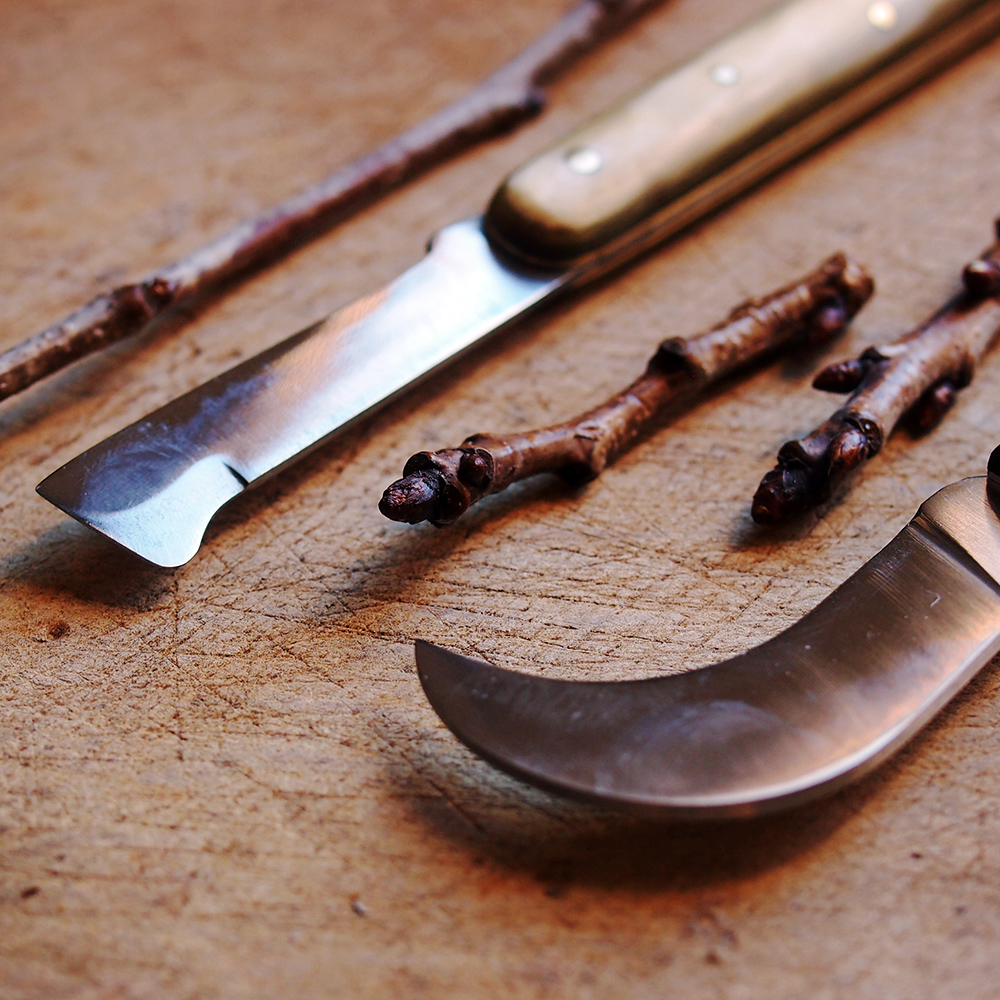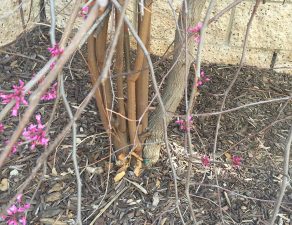
If you love fruit, growing fruit trees can mean a freezer and pantry full of delicious jams, jellies, pies, and more. But it can be difficult to plant young fruit trees and protect them from disease and environmental problems, so in many orchards young fruit trees are grafted to the rootstock of a more vigorous, hardy tree.
For the home gardener, grafting often serves a more simple purpose: you can grow a variety of the same type of fruit on one tree. Imagine picking red, yellow, and green apples all from one tree in your back yard! Rather than viewing grafting as a complicated horticultural procedure, it can be a fun project for the passionate gardener. All you need is a sharp knife, some grafting tape, and these basic T-bud grafting instructions.
- For fruit trees like apples, plums, pears, and peaches, start your bud grafting in late summer.
- From the tree you want to grow, select a healthy branch from this year’s growth with a leaf bud about halfway down the branch.
- Use your knife to make a shallow cut into the bark, about a half-inch above the bud. Be careful not to cut into the pith or heartwood of the branch.
- Find a branch of about the same size on the tree you want to graft onto.
- Choose a spot to insert the new bud, and remove any leaves or side branches.
- Cut a vertical 1-inch slit on the branch between existing buds. On the top of the slit, make a perpendicular cut to form a T.
- Gently peel back the bark on either side of the slit below the T, and form a sleeve
- Insert your bud, facing upward toward the end of the branch, into the sleeve
- Wrap the bud with grafting tape. Be careful not to cover the bud itself, but the top and bottom of the branch around it.
- After a month or so, look for a healthy bud that appears to have fused with the bark. If the bud seems to have dried out or shrunken, it probably didn’t work.
- In the spring, cut the branch off just above the spot where you attached the bud. Within a few years that branch should have grown, and it will produce flowers and fruit.
Grafting can be a fun exercise for the amateur gardener, but it can also take some time to become successful. Remember that all of your grafts may not “take” on your first try, so practice with many grafts until you get the hang of it.


Write a comment: